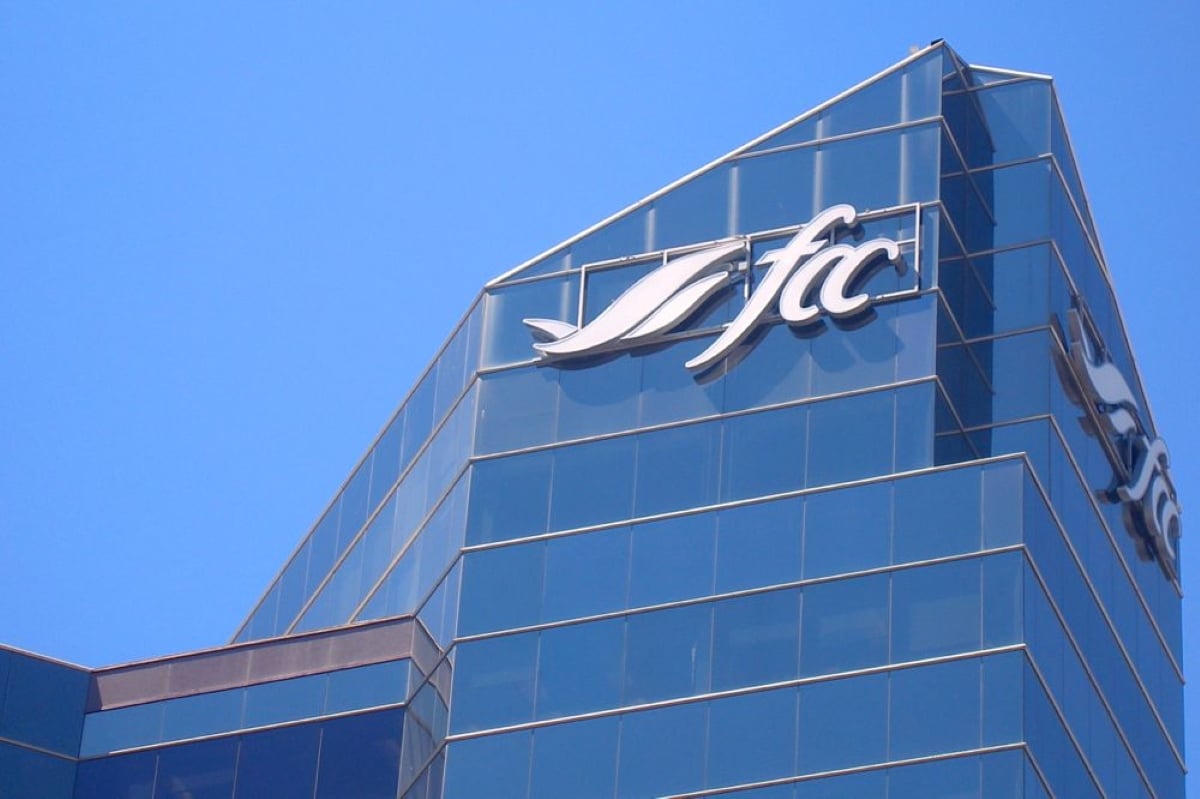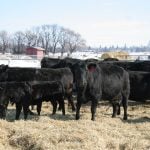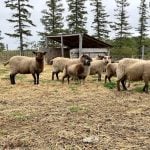The lamb industry’s star continues to shine as prices remain strong for a meat most people eat only on special occasions.
“We’ve seen as good a time as we have ever had for lamb,” said Doug Laurie of the North Central Sheep and Goat Sales in Edmonton, which sold 12,000 sheep at the Edmonton Stockyards last year.
At the most recent sale held Jan. 22, lambs weighing 95-115 pounds got a high of $136.50 per hundredweight and a low of $91. The average was $117.25 cwt.
Lightweight lambs under 60 pounds went as high as $156 cwt. while the low was $114, to average $134.30.
Read Also

Lending policy still focused on primary producers: Farm Credit Canada
Farm Credit Canada said it has not changed its business practices and remains committed to supporting all producers, after a report from an Ottawa-based media outlet claimed otherwise.
Although January is traditionally a slow month for lamb sales, volumes start to pick up in February and peak in April. Prices are expected to remain strong particularly in the eastern markets.
Healthy returns
This is a substantial improvement from a couple of years ago when during the last half of 1994, lambs prices were in the dumps. Lambs earned more than 95 cents a pound only once and climbed above a dollar only at the December sale.
The driving force for Canadian lamb prices is the United States market. Industry officials don’t foresee any dramatic price declines because American lamb numbers remain low.
“It’s always good news for us because when they have a surplus, they have to find a home,” said Laurie.
Alberta Agriculture specialists also anticipate prices will remain strong based on a look at U.S. numbers.
In January 1997, slaughter lamb carcasses weighing 55 to 60 pounds, priced at San Angelo, Texas were $93.63 (U.S.) per cwt. Estimates for this January saw Texas lamb at $82.50. Eastern Canada carcass prices were $182.10 last January and $164.25 in December, said market specialist Don Hanson.
Population decline
The American flock declined by about seven percent and lamb producers are still rebuilding flocks, said Hanson.
The Ontario sheep marketing agency also expects strong prices to continue this year, especially during the high demand around Easter. It is expected that prices will level off at 1996 figures. At the end of 1997, prices closed at an average $1.25 a pound for market lamb.
While most lamb ends up with eastern consumers, production is high in Alberta.
In January 1997, Alberta counted 159,500 head and in July, when most of the lambs were on the ground, the census went up to 253,900 head. Ontario had 180,000 head in the January report and 224,000 in the July census.
The total Canadian flock last January was 628,300 and in July it rose to 831,000.
While prices are strong, producers must figure on a lamb and a half per ewe to make a profit because they have to calculate maintenance costs like feeding ewes and their offspring. Laurie estimates it costs about $70 a year to feed a productive ewe.















